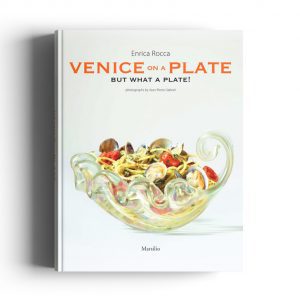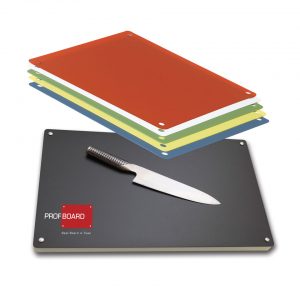The History
The handcrafted, hand-painted Ceramics from Umbria and Tuscany are a type of earthenware made of clay from the Mediterranean. This dazzling colourful Italian earthenware is called Majolica and was named by the Italians after the Spanish island of Majorca. Originally this type of earthenware was exported from Majorca and introduced to Italy in the 13th century. Majolica became popular during the Renaissance period and centers for producing the earthenware throughout Italy. During this time, these artistic ceramics were often given as a gift to celebrate momentous occasions, such as weddings and births.
Creators of Majolica Pots
Deruta, Montelupo Fiorentino, Firenze (Florence), Sesto Fiorentino, Gubbio, Gualdo Tadino and Faenza are cities/towns in Italy that are very well-known for the production of Italian Majolica Ceramics. Montelupo Fiorentino, just east of Florence, is one of the most famous production centers of Majolica Ceramics in the Tuscan region.
A Precious and useful item of artistic origin
The most important museums in Europe and America exhibit precious examples of this ancient style of Renaissance Ceramics. Majolica workshops range from small to large-sized family owned businesses, often handed down from generation to generation. The ancient patterns are reproduced according to tradition and experience.
These authentic Majolica ceramic products include Dinnerware, Biscotti Jars, Wall Plates, Vases, Canisters, Pitchers, Rooster Pitchers, Espresso Cups, Goblets, Serving Bowls, Serving Plates, Tableware Accessories plus more.
R6500.00Add to basket















